
About Red beans and Anko (red bean paste)
What kind of food is Azuki? ?
Azuki is a small red bean that is rarely used outside of Asia.
In Japan, the color red has long been believed to ward off evil spirits.
There are many types of azuki beans, but the large varieties grown in the Tamba region are known as Tamba Dainagon and are highly prized.
Soybeans and peanuts are mainly composed of lipids, but adzuki beans are mainly composed of carbohydrates.
You can also ingest various nutrients such as dietary fiber, protein, vitamin B group, iron and potassium, saponin and polyphenols.
In Chinese medicine, adzuki beans are said to have the effect of draining excess water, purifying the blood, and eliminating swelling. It is scientifically recognized that the saponin contained in adzuki bean skin has a diuretic action and an action to excrete excess lipids in the blood.
Rice with adzuki beans is believed to have become popular as a treatment for beriberi (vitamin B1 deficiency) that was prevalent in the Edo period.
Even now, dishes using adzuki beans are often served for celebratory occasions.

What kind of food is Anko? ?

It is a food made by boiling Azuki(red beans) softly and then seasoning it with sugar.
Anko(餡子) is an essential ingredient in Japanese sweets.
There are also variations that use peas, kidney beans, sweet potatoes, chestnuts, pumpkins, etc. instead of adzuki beans.
Ingredients for anko
- anko : red azuki beans and sugar
- sakura an : shiro-an(white bean paste) and salted cherry blossoms
- shiro-an : white kidney beans and white azuki beans
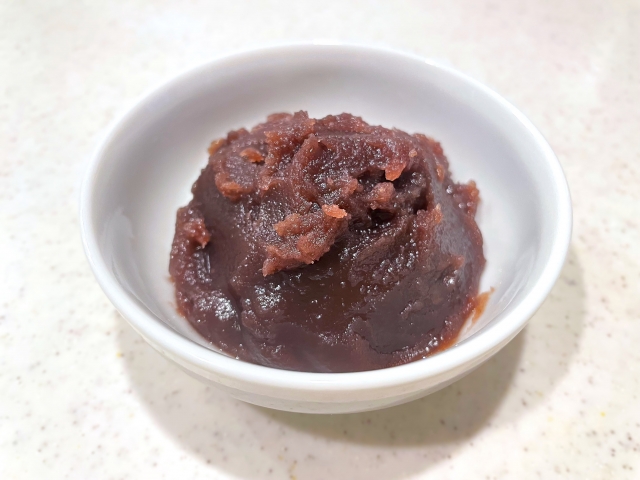
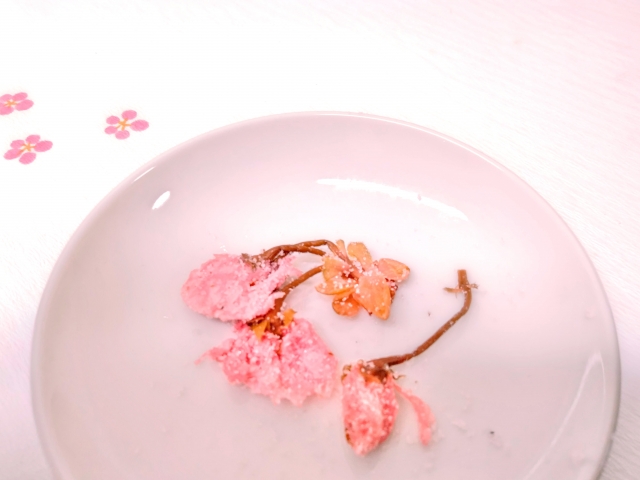
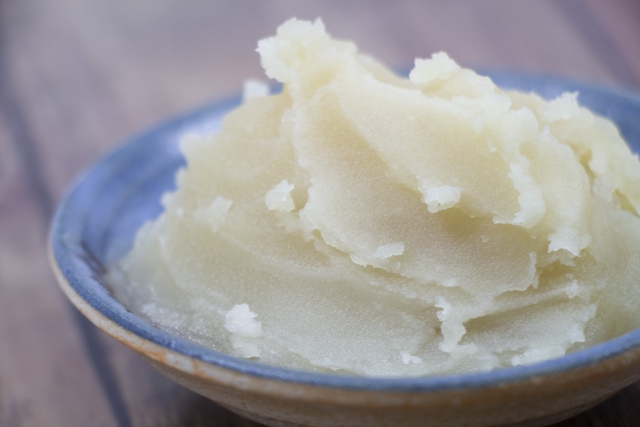
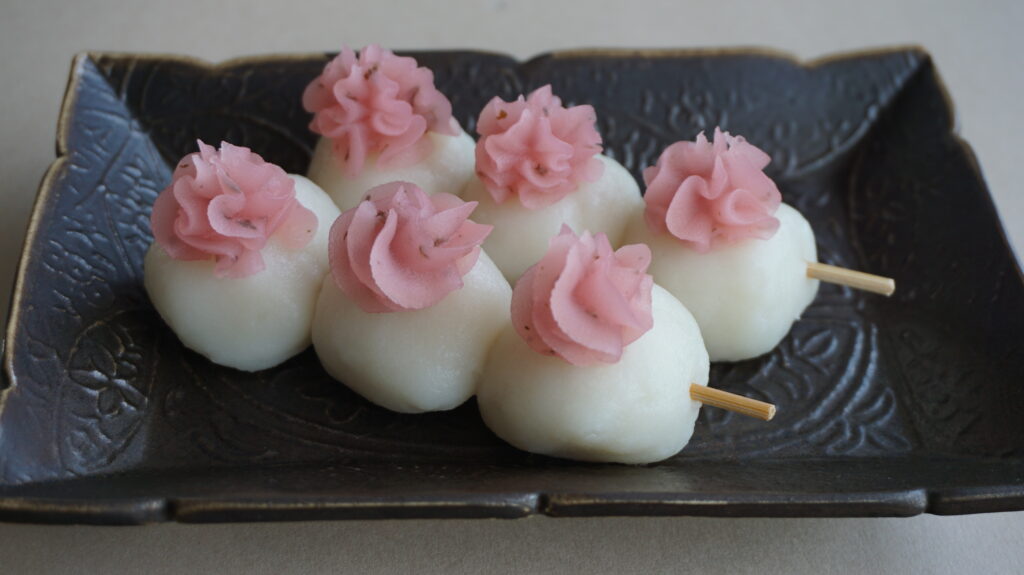
Anko can be classified into tsubuan (coarse paste) and koshian (smooth paste).
Tsubuan leaves the shape of the beans intact, while koshian is made by crushing the beans and straining them into a smooth paste.
Use sugar in an amount that is 100% of the weight of the azuki beans when they are in their original dried state. Adding 0.5% salt to the sugar at the end brings out the sweetness of the red beans. This phenomenon is called the contrast effect.
It is said that 100g of azuki beans will produce 170g of koshian.
There is also a powdered form of anko called Sarashian. To use it, mix it with an equal amount of water. The resulting anko has a similar texture to koshian.
Here are some points to keep in mind when making anko.
- It is said that the skin of red beans is very hard and there is no point in soaking them in water, but I soak them for a few hours before cooking just to be safe. In fact, the red beans will have absorbed water thoroughly by the next day.
- Shibukiri is the process of boiling azuki beans once and then discarding the water. This is done to remove the bitterness, but it is important not to overdo it so as not to damage the flavor and color.
- When cooking beans in a pressure cooker, check the cooking capacity of the pressure cooker you are using. If you cook too many beans, they will boil over and cause a big problem.
- If using a gas pressure cooker, place a weight (a colander that comes with the gas pressure cooker) on top of the beans to prevent the bean skins from blocking the steam vent or safety valve of the gas pressure cooker. If you are using an electric pressure cooker, this method is not necessary.
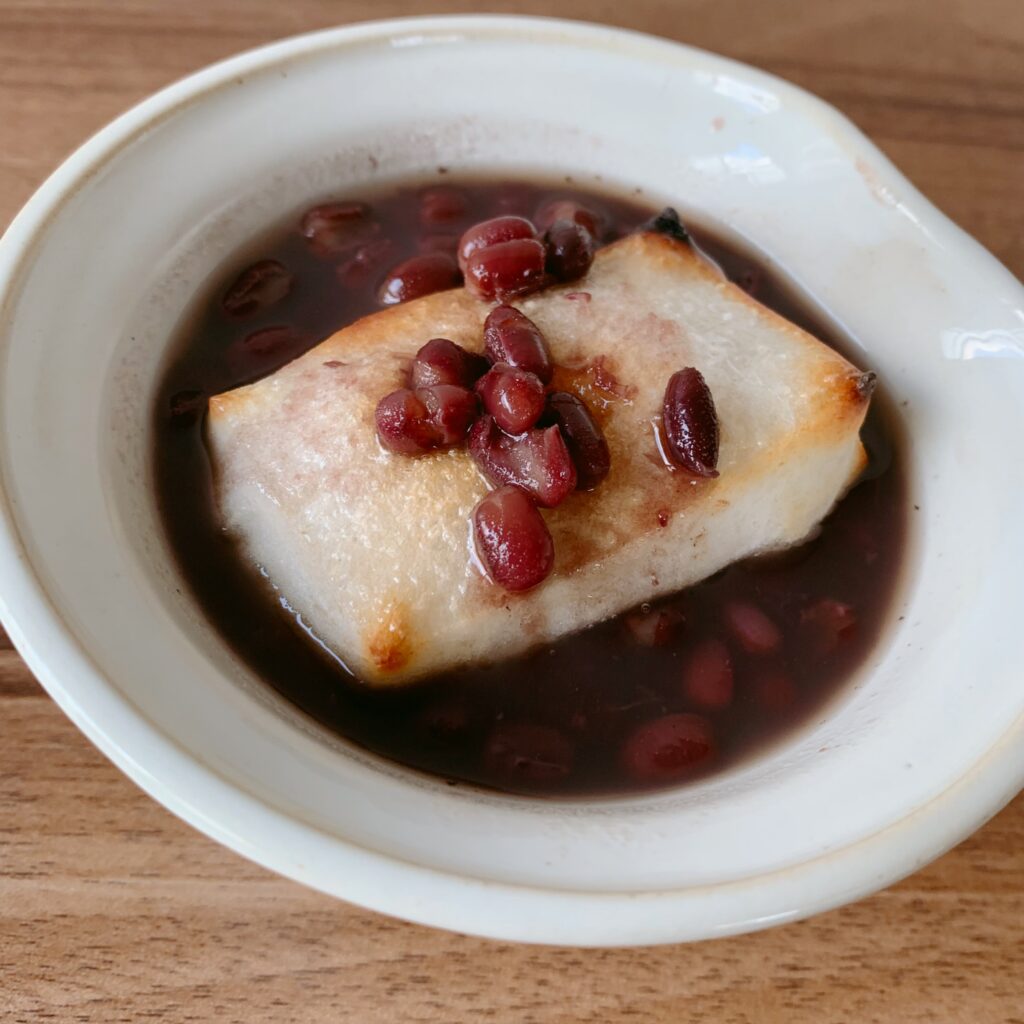
- If you don’t have a pressure cooker, boil the red beans for 1 to 2 hours. If you add the sugar too early, the beans will not be soft enough, so be sure to add the sugar only after you have confirmed that the beans are soft.
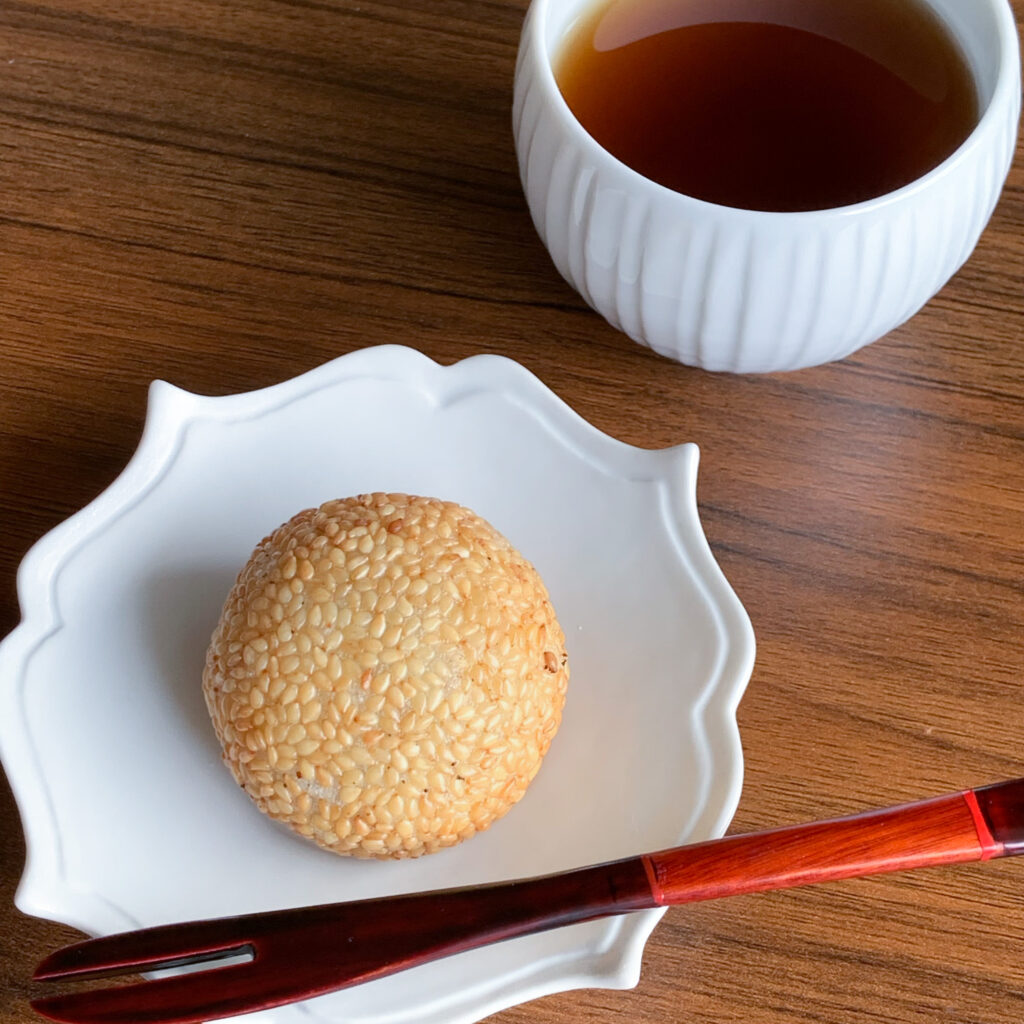
Anko is an essential ingredient in Japanese sweets such as yokan, manju, taiyaki, dorayaki, and ohagi.
But it’s very easy to make, so it’s worth a try. If you have any left over, freeze it.
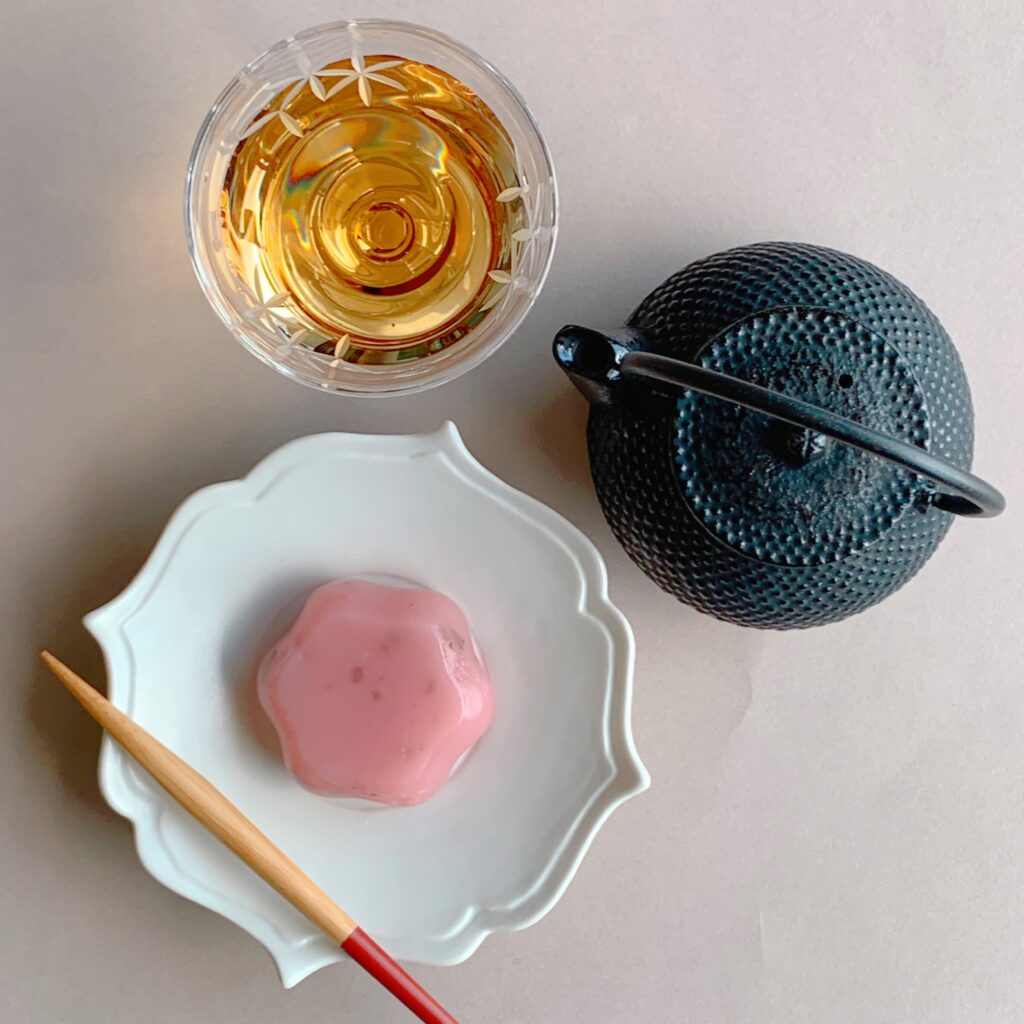
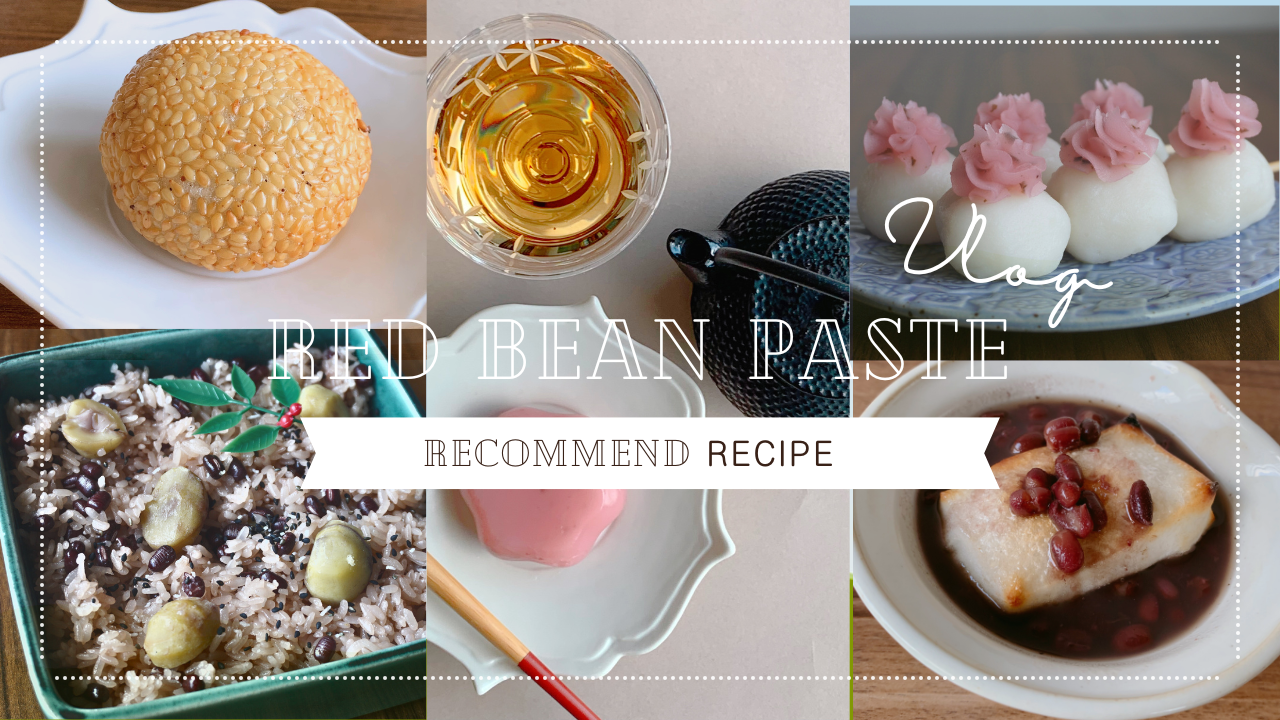


コメント